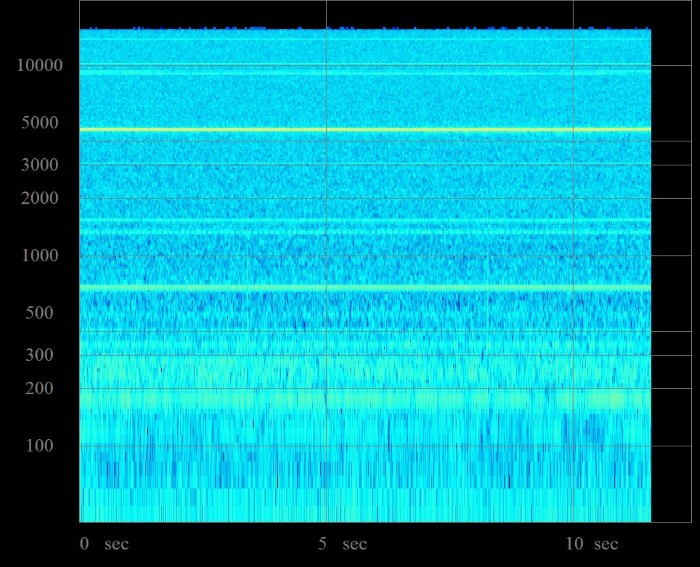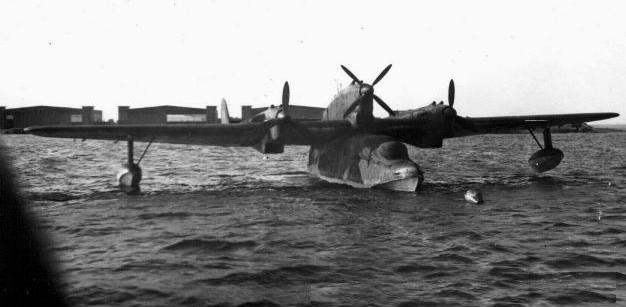Levkovvvv wrote:It was an easy one, and I actually had this exact situation happen to me in the sim, although I can't remember exactly what I was flying... I was quite surprised it was modeled.
In DCS? I've run into this kind of surprises with them. I really am overdue to do some review of flight mechanics and applied aerodynamics...my voluntary study time has been taken up by mostly electrical stuff recently, actually, as it turns out I finally end up beginning the MSc in electrical engineering by Autumn this year. Something I should have started way earlier. I'd figure it will keep my sim time properly limited.
Of course, a related question would be to ask why all-moving stabilators are generally used in supersonic airplanes of more recent design, instead of a separate elevator surface, but that would be too easy to google for.

Instead, let us throw in another easy one! After the MH 370 and AF 447, the discussion about flight recorders that would deploy in-flight, or at impact, to break free from the lost airplane to help to find the box itself, and that way, the remains of the flight eventually,
and also to increase the survivability of the recorder itself, has surfaced again. Now, one flight recorder of this kind has been in widespread aviation use in line service for decades.
Name the type(s) that carries this.
-Esa

 Òûðôøüøр Ûõòúþò / Vladimir Levkov
Òûðôøüøр Ûõòúþò / Vladimir Levkov


